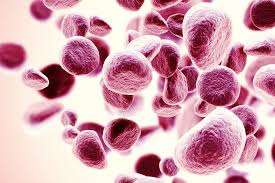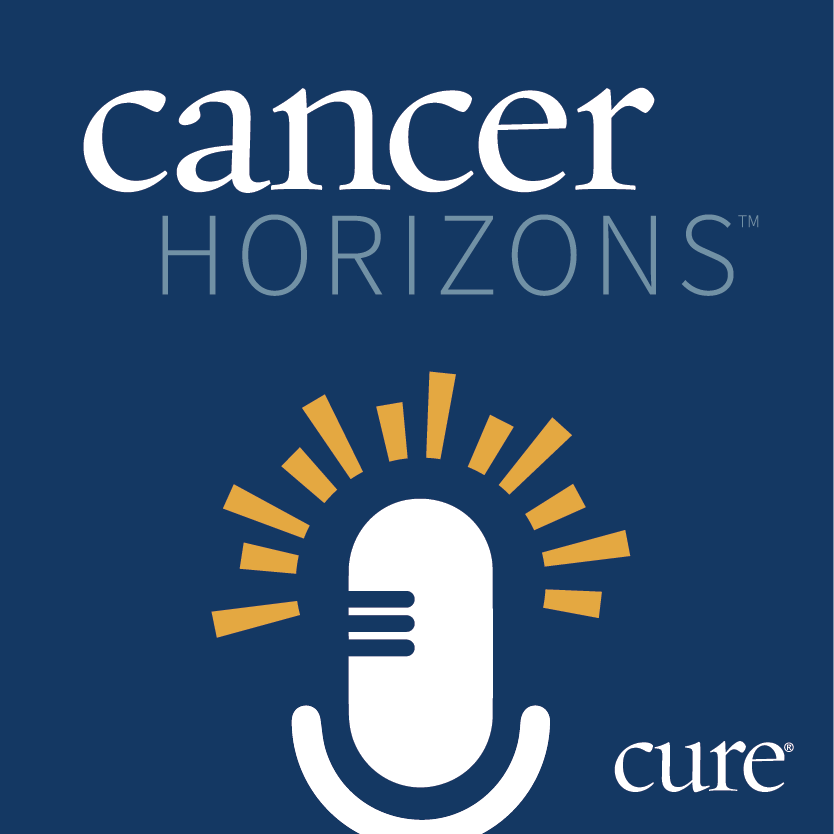News
Article
Overcoming Challenges and Advancing CAR-T Therapy for Myeloma
Key Takeaways
- CAR-T cell therapy faces accessibility challenges, primarily available at large urban centers, leading to geographic and socioeconomic disparities.
- The KarMMa-3 study showed Abecma CAR-T therapy significantly improved response rates and progression-free survival compared to standard care.
CAR-T therapy for myeloma faces challenges in early-line use due to accessibility, eligibility criteria and long wait times, despite strong efficacy in trials.
CAR-T therapy for myeloma remains limited in early-line use due to accessibility, eligibility and long wait times, despite strong efficacy seen in trials.

CAR-T cell therapy is often impractical for patients needing second-line therapy, according to a presentation from the 2025 CURE Educated Patient® Multiple Myeloma Summit.
“CAR-T cell therapy refers to engineered T cell receptors that are designed to recognize an antigen on the surface of the myeloma cell. Now these molecules are able to do that without the help of what we call a major histocompatibility class molecules, which is how the body usually presents a foreign antigen for the immune system to attack,” said Dr. Sridevi Rajeeve, who is an assistant attending physician at Memorial Sloan Kettering Cancer Center in New York, during her presentation at the summit.
The treatment is primarily available at large, urban academic centers, creating accessibility challenges, Rajeeve discussed. Only 40% of patients receiving CAR-T therapy for B-cell maturation antigen (BCMA)-positive multiple myeloma live within 30 minutes of their treatment facility, while over a quarter live more than 120 minutes away. In contrast, standard of care (SOC) second-line therapies can be administered locally, with a shorter "brain-to-vein" time of less than two weeks, good efficacy and predictable toxicities.
Earlier use of CAR-T cell therapies has downstream implications, according to Rajeeve. Long "brain-to-vein" times create a mismatch between who needs the therapy versus who receives it. In addition, patients truly needing second-line CAR-T may experience suboptimal salvage therapies, such as bendamustine or BCMA-directed bispecific antibodies, while waiting for a treatment slot, potentially worsening outcomes.
Rajeeve noted that there are socioeconomic, geographic and racial disparities, and allowing second-line consolidation with CAR-T for patients with minimal residual disease (MRD) resurgence or a low M-spike of 0.1 might worsen these disparities, as these patients could potentially wait before receiving CAR-T.
“We want to get patients to CAR-T [therapy] sooner than later, so that you can have the maximum possible efficacy, and really a long treatment-free interval and a long progression-free survival,” said Rajeeve.
Eligibility of CAR-T Cell Therapy
Currently, patients with multiple myeloma who are considered for earlier-line CAR-T therapy, specifically in lines two through four, typically exhibit high-risk features such as high-risk chromosomal abnormalities, functional high-risk defined by poor response to initial treatment and relapse within 18 months, early relapse post-transplant within 12 months, rapid disease progression and extramedullary disease. Disease kinetics, cytogenetic and molecular risk profiles are also considered, with standard-risk multiple myeloma potentially being treated later in the disease course due to favorable efficacy and safety profiles with standard of care.
Prior therapies, including exposure to CD38 monoclonal antibodies, proteasome inhibitors and immunomodulatory drugs, are factors, with patients needing to be refractory to Revlimid (lenalidomide) for Carvykti (ciltacabtagene autoleucel). Safety considerations include pre-existing neurologic deficits like Parkinson's disease or advanced Alzheimer's disease, requiring evaluation by neuro-oncology prior to CAR-T.
Aspirational criteria for treatment include proximity to a CAR-T center within a 30- to 60-minute drive, availability due to limited slots at manufacturers and CAR-T centers, and equitable access through objective waitlist algorithms.
The KarMMa-3 Study
In the KarMMa-3 study, results showed that Abecma (Idecabtagene vicleucel, or ide-cel) CAR-T therapy dramatically improved the depth of response. Seventy-one percent of patients receiving Ide-cel CAR-T achieved an overall response, with 22% achieving a minimal residual disease-negative complete response, representing 57 out of 254 patients. In contrast, standard-of-care therapies resulted in a 42% overall response rate and only a 1% minimal residual disease-negative complete response, affecting just one out of 132 patients.
“As physicians, we wanted to do better for our patients, so we asked the question, ‘Why can't we move CAR-Ts, which are very effective so far down the line? Why don't we just move it more ahead, up ahead in the treatment regimen for these patients?’ And that was the basis for the design of the KarMMa-3 trial,” said Rajeeve during the presentation.
Abecma also significantly improved progression-free survival. The median progression-free survival was 23.5 months for patients on Abecma, compared to 16.7 months for those on standard-of-care. Median overall survival was 41.4 months in the Abecma group, versus 37.9 months in the standard-of-care group. It is noteworthy that 57%, or 70, of the 132 patients initially in the standard-of-care arm have now received Abecma.
Cytokine release syndrome, a common side effect of CAR-T therapy, was observed. The median time to onset was one day, indicating a predictable pattern. Eighty-three percent of cases were grade 1 (mild) to 2 (moderate) in severity. Neurotoxicity, primarily grade 1 to 2 immune effector cell-associated neurotoxicity syndrome, occurred in 15% of patients. There were no reported cases of Guillain-Barré Syndrome or Parkinsonism in the published data. The toxicities associated with Abecma were described as predictable and manageable. They generally did not require extended interventions such as steroids, IVIG, neurological consultations, intensive chemotherapy, high-dose cyclophosphamide, levodopa or plasmapheresis.
Lastly, the safety profile of CAR-T includes risks of lymphodepletion, secondary malignancies, delayed neurotoxicities, prolonged cytopenias and hypogammaglobulinemia.
Community oncologists and academic treatment centers should partner to enhance the patient journey during CAR-T therapy, beginning with early interaction at first relapse, according to Rajeeve. This involves educating community oncologists on eligibility criteria and providing a direct line of communication for timely referrals. Patients should also remain within proximity of a certified healthcare facility for at least four weeks.
Ongoing Advancements in CAR-T Cell Therapy
Ongoing advancements in CAR-T cell therapy are leading to improved outcomes, Rajeeve explained. Durcabtagene autoleucel (durca-cel) offers rapid manufacturing, potentially reducing bridging therapy and associated immune cell-associated hematotoxicity, compared to Carvykti (ciltacabtagene autoleucel, or cilta-cel), which often has vein-to-vein times approaching two months. Equecabtagene autoleucel (eque-cel), a fully human CAR, aims for longer persistence than Carvykti, which can lead to the development of anti-drug antibodies. GC012F, also targeting CD19, is a dual-targeting CAR designed to prevent BCMA-negative relapses, an advantage over Abecma, which only has a single BCMA-binding epitope. Finally, Anitocabtagene autoleucel (anito-cel) shows positive data for a lower risk of delayed neurocognitive toxicities compared to Carvykti, which has reported cases of Parkinsonism, Guillain-Barré syndrome, and myelitis. One of Rajeeve’s presentation slides noted that prior BCMA therapies can worsen responses to subsequent BCMA therapies, suggesting caution in early BCMA exposure, especially if similar clinical trials are ongoing.
For more news on cancer updates, research and education, don’t forget to subscribe to CURE®’s newsletters here.





